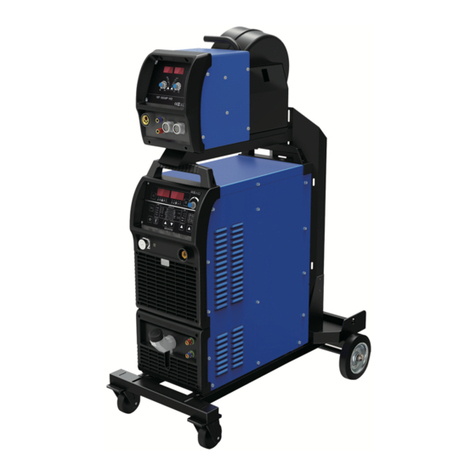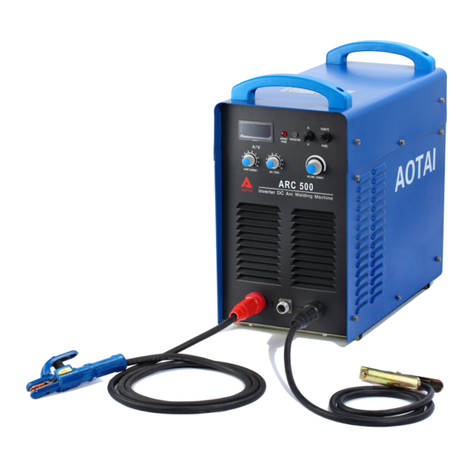
Contents
1-GENERAL REMARKS........................................................................................... 8
1-1 Power source features.................................................................................... 8
1-2 Functional principle..........................................................................................8
1-3 Output characteristics..................................................................................... 9
1-4 Duty cycle..........................................................................................................9
1-5 Applications.................................................................................................... 10
1-6 Warning label................................................................................................. 10
2-VERSIONS BRIEFS..............................................................................................10
3-BEFORE COMMISSIONING............................................................................... 11
3-1 Utilization for intended purpose only.......................................................... 11
3-2 Machine installation rules............................................................................. 11
3-3 Power source connection............................................................................. 11
3-4 Welding cables instruction........................................................................... 11
4-ATIG315/400/500 P/P-C.......................................................................................13
4-1 System components......................................................................................13
4-2 Basic equipments for welding...................................................................... 13
4-3 Control panel.................................................................................................. 14
4-4 Sub menu........................................................................................................17
4-5 Other function.................................................................................................19
4-6 Interface.......................................................................................................... 20
4-7 Installation.......................................................................................................22
4-8 Technical data................................................................................................26
4-9 Dimension....................................................................................................... 27
4-10 Disassembly and reassembly....................................................................28
5-REMOTE CONTROLLER.................................................................................... 31
5-1 Analog remote controller.............................................................................. 31
5-2 Digital remote controller................................................................................32
6-TROUBLE SHOOTING........................................................................................ 34
7-CARE AND MAINTENANCE.............................................................................. 36






























